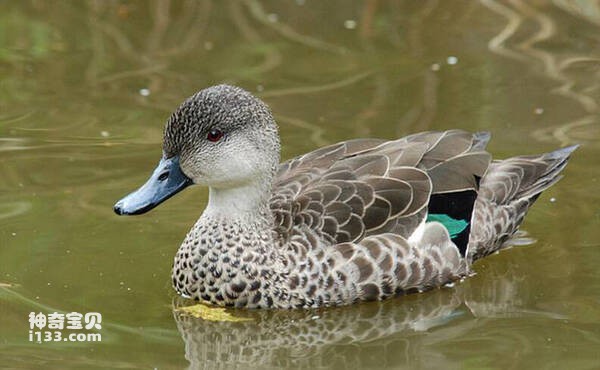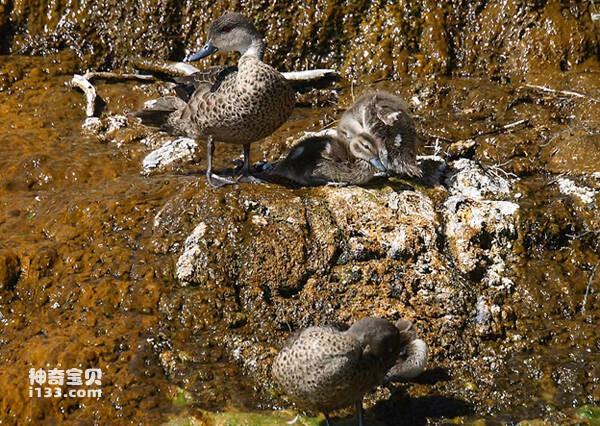Anas gibberifrons
IUCN
LCBasic Information
Scientific classification
- name:Anas gibberifrons
- Scientific Name:Anas gibberifrons,Sunda Teal
- Outline:Waterfowl
- Family:
Vital signs
- length:No textual research information is available
- Weight:No textual research information is available
- lifetime:No textual research information is available
Feature
A brown duck with an iron gray bill and mottled feathers
Distribution and Habitat
It is distributed in Indochina Peninsula and southeast coastal areas of China, including Myanmar, Vietnam, Laos, Cambodia, Thailand, southeast coastal areas of China, Hong Kong region of China and Hainan Island. The Pacific islands, including China's Taiwan Province, Dongsha Islands, Xisha Islands, Zhongsha Islands, Nansha Islands and the Philippines, Brunei, Malaysia, Singapore, Indonesia's Sumatra, Java Islands, and Papua New Guinea. Wallace Zone refers to the area east of the traditional Wallace Line (from the eastern side of Mindanao through the Makassar Strait between Bali and Lombok) and west of Papua New Guinea, including the Indonesian islands of Sulawesi, Nusa Tenggara Islands, the Southwest Islands, the Moluccas (Maluku Islands), East Timor and other islands. Australia and New Zealand, including Australia, New Zealand, Tasmania and its nearby islands.
It usually lives in freshwater lakes, but also groups in rivers, lakes, reservoirs, bays and coastal salt flats a
Appearance
The Javan grey duck is a brown duck with mottled feathers, a dark brown top cap, a white throat, and white and green flashes on its wings. Both sexes are similar. The forehead is arched, the eyes are bright red, the beak is iron gray, and the fins are black.
Details
The Javan grey duck (Anas gibberifrons), also known as Sunda Teal, has three subspecies.

The Javan grey duck prefers to live in clusters in winter, mostly in wild grass in swampy areas near the water. It mainly floats on the surface of the water and gets its food underwater, eating plants as the staple food and sometimes animal foods. Ducks have webbed toes, but rarely dive, swim with their tails out of the water, and are good at feeding, splashing and mating in the water. Like clean, often in the water and on the land preening carefully dressed. It mainly feeds on roots, grass seeds, leaves, grass fruits, rice, etc. in marshes and lake areas, and also eats invertebrates and arthropods.

The Javan grey duck breeds in winter and from July to October, and builds a bowl-shaped nest with plant stems, which is hidden in the reeds above the nearby water. Each nest lays about nine eggs. Incubation time is 21 to 25 days. The young birds leave the nest for 49 days and are usually incubated alone by the female ducks. After hatching, they are still cared for by the female ducks, and the ducklings follow the female ducks for food. By the eighth week, the duckling's eyes had turned red. A year later, they reach sexual maturity and are able to reproduce.
Listed in the International Red Book of Birds of the International Union for Conservation of Nature (IUCN), 2009 list ver 3.1.
Protect wild animals and eliminate wild meat.
Maintaining ecological balance is everyone's responsibility!








